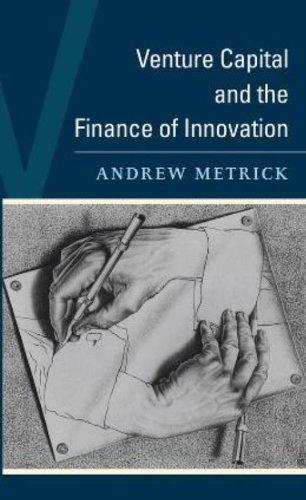Answered step by step
Verified Expert Solution
Question
1 Approved Answer
Write one paragraph about the asset sections of the balance sheets, one paragraph about the liability sections, and one paragraph about the equity sections. In
- Write one paragraph about the asset sections of the balance sheets, one paragraph about the liability sections, and one paragraph about the equity sections. In each paragraph, discuss the differences between various industries. How did you identify each balance sheet as belonging to a particular industry? Mention any outliers or other numbers that jumped out at you.


Step by Step Solution
There are 3 Steps involved in it
Step: 1

Get Instant Access to Expert-Tailored Solutions
See step-by-step solutions with expert insights and AI powered tools for academic success
Step: 2

Step: 3

Ace Your Homework with AI
Get the answers you need in no time with our AI-driven, step-by-step assistance
Get Started


